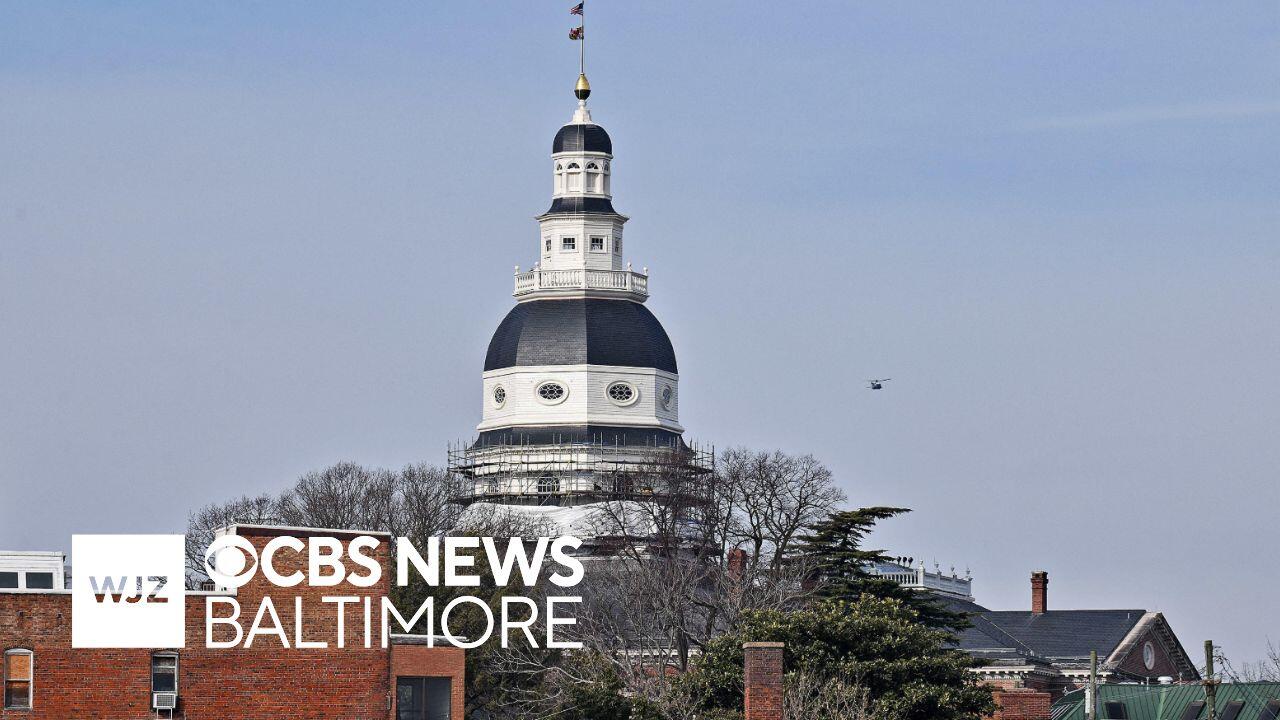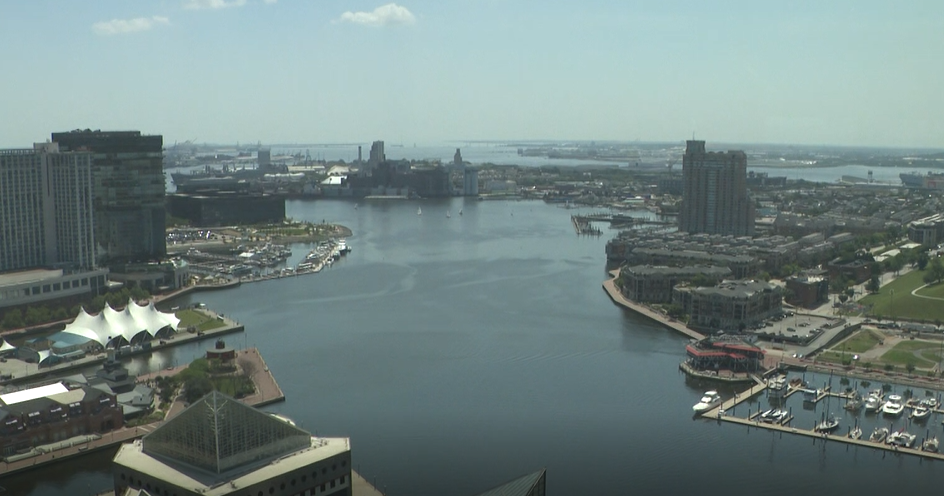Maryland Gov. Moore announces state hiring freeze, buyouts, citing historic fiscal challenge
Maryland Gov. Wes Moore announced a state hiring freeze, voluntary employee buyouts, and the elimination of vacant positions on Tuesday, citing a "historic fiscal challenge."
The governor called the critical financial climate the worst since the Great Depression, citing in part, "a federal administration that continues to harm Maryland's people and the economy."
The last state hiring freeze was in 2020, the Moore administration said.
What is included in the cost reductions?
Gov. Moore said the cost reductions would save Maryland $121 million for the Fiscal Year 2026, which starts on July 1.
According to our media partner, The Baltimore Banner, and buyouts in a memo sent on Tuesday.
"We have always taken a responsible, deliberate, and innovative approach to making State government work for Marylanders," Moore wrote in the statement shared with WJZ.
Moore said the buyout program is still being worked on and will be determined in the next several weeks. The state says there will be facility consolidations, and it will eliminate vacant jobs based on "alignment with mission priorities."
State leaders are asking agencies to do assessments to see which open positions can be eliminated.
The administration said higher education and judiciary positions likely will not be impacted. They will review their financial position in the fall.
"We are committed to engaging with our public sector unions as we work through these difficult decisions," Moore said. "We are moving with care and intentionality to minimize impact on current employees and be transparent throughout the process."
Maryland Republicans proposed cost-saving measures
The Maryland Senate Republican Caucus said the governor's plan would eliminate more than 150 vacant state positions. The Caucus also touted its push for the same measures during budget negotiations earlier this year, when state leaders were working to trim a $2.8 billion budget deficit.
"I said then, and I repeat now: when you're in a hole, you need to stop digging," said state Sen. J.B. Jennings. "The decision to finally enact a hiring freeze and reduce vacant positions is the right one, but it should have happened months ago, before the situation became more urgent.
"Had the administration acted sooner, we could have avoided some of the uncertainty that now surrounds state operations and the state workforce. I continue to believe we must protect existing employees from future furloughs or layoffs by making smart, proactive decisions now, not reactive ones later," Jennings added.
Maryland's FY2026 budget
Maryland's Fiscal Year 2026 budget, signed into law in May, includes about $1.8 billion in tax and fee increases. The budget also includes the largest amount of cuts to state spending in 18 years.
Gov. Moore said 94% of Marylanders will see a tax cut or no change to their income taxes.
In May, Maryland lawmakers said the budget targets spending on services, including restoring some of the proposed cuts to the Developmental Disabilities Administration, funding Medicaid for 1.5 million residents, a 7.3% increase in education spending, and other economic growth initiatives.
Lawmakers determined a new tax bracket where those who make $500,000 per year will be taxed at 6.25%, while those making $1 million will be taxed at 6.5%. Currently, Marylanders who make over $250,000 are taxed at 5.75%.
IT and data services (not including mobile phone service) will be taxed by 3%. There will be a new 2% tax on capital gains for people with income over $350,000, and an increase in the cannabis and sports betting taxes. Additionally, vending machine snack sales will be subject to a 6% sales tax.
For transportation funding, a $5 fee on every new tire purchased will be coming in 2026, and the state is accelerating its plan to raise car registration rates. The excise tax on vehicles will also increase by 0.5%.
Filers making more than $200,000 will also have a limit on how many itemized deductions they can make on their tax return.




